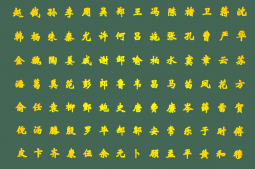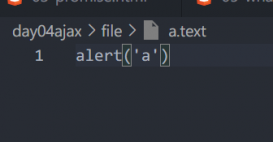前言
分享兩個(gè)監(jiān)測(cè)元素是否在視口內(nèi)的方法
1. 位置計(jì)算
使用 Element.getBoundingClientRect() 方法返回元素相對(duì)于視口的位置
|
1
2
3
|
const isElementVisible = (el) => { const rect = el.getBoundingClientRect();}; |
獲取瀏覽器窗口的寬高
|
1
2
3
4
5
|
const isElementVisible = (el) => { const rect = el.getBoundingClientRect(); const vWidth = window.innerWidth || document.documentElement.clientWidth; const vHeight = window.innerHeight || document.documentElement.clientHeight;}; |
判斷元素是否在視口內(nèi),如圖所示

|
1
2
3
4
5
6
7
8
9
10
11
12
13
14
15
16
17
|
const isElementVisible = (el) => { const rect = el.getBoundingClientRect() const vWidth = window.innerWidth || document.documentElement.clientWidth const vHeight = window.innerHeight || document.documentElement.clientHeight if ( rect.right < 0 || rect.bottom < 0 || rect.left > vWidth || rect.top > vHeight ) { return false } return true} |
getBoundingClientRect 方法會(huì)使瀏覽器發(fā)生回流和重繪,性能消耗稍大,但兼容性比 Intersection Observer 要好。
2. Intersection Observer
The Intersection Observer API provides a way to asynchronously observe changes in the intersection of a target element with an ancestor element or with a top-level document's viewport.
Intersection Observer API提供了一種異步檢測(cè)目標(biāo)元素與祖先元素或 viewport 相交情況變化的方法。在目標(biāo)元素與視口或者其他指定元素發(fā)生交集時(shí)和觸發(fā)配置的回調(diào)函數(shù)。
|
1
2
3
4
5
6
7
8
9
10
11
12
13
14
15
16
17
|
// 獲取要監(jiān)測(cè)的元素const boxes = document.querySelectorAll('.box')// 創(chuàng)建觀察者,配置回調(diào)函數(shù)// 通過(guò) isIntersecting 屬性判斷元素與視口是否相交const observer = new IntersectionObserver((entries, observer) => { entries.forEach((entry) => { console.log( entry.target, entry.isIntersecting ? "visible" : "invisible" ); });})boxes.forEach((box) => { observer.observe(box);}); |
參考
how-to-check-an-element-is-in-viewport-4bcl
Intersection Observer API
總結(jié)
到此這篇關(guān)于如何利用JS檢查元素是否在視口內(nèi)的文章就介紹到這了,更多相關(guān)JS檢查元素在視口內(nèi)容請(qǐng)搜索服務(wù)器之家以前的文章或繼續(xù)瀏覽下面的相關(guān)文章希望大家以后多多支持服務(wù)器之家!
原文鏈接:https://coldstone.fun/post/2021/04/13/js-check-element/

















